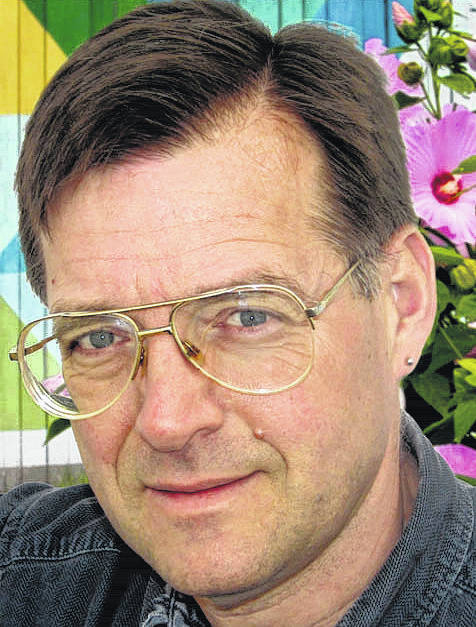
Did you ever stop to think how many steps are involved in growing a nursery tree? Trees in the nursery might seem expensive to you, but stick with me on this and maybe tree pricing might make more sense to you.
How are nursery trees produced? There are multiple steps, over years of time, with many different people involved. The first step is guessing which trees will be in demand five or ten years in the future. Breeders then “propagate” young trees, starting by taking softwood cuttings (tips of tree branches) from a mature tree of the variety they want to grow. Sometimes these cuttings are dipped in rooting hormone and coddled in greenhouses until they grow roots; the resulting young plants are called “rooted cuttings”.
Another way trees are propagated is grafting. Tree “rootstocks” (the roots and stem of seedling trees) are grown from seed, harvested while they’re very small, and then cut off below their lowest branches. Softwood cuttings are then grafted on each cut-off rootstock seedling (see illustration).
Are you wondering why nursery trees aren’t simply grown from seed? Some are, but most trees won’t grow “true to type” from seed, so their pedigree is lost along with years of breeding. Rootstock seedlings aren’t pedigreed, but softwood cuttings are. Grafting them together speeds the growing process and retains the original tree DNA.
Young grafted trees or rooted cuttings are planted in special trays called “cell trays”, similar to annual flower packs but with 72 or more individual cells. Propagators then sell the young plants to nurseries by the tray, and nurseries “upshift” them into larger containers. It takes two years more to grow them large enough to either plant in the ground or upshift a second time, into a still larger pot. Trees this size are called “liners” or “whips”.
Container growers re-pot the liner saplings in rugged containers strong enough for shipping and display. Depending on size these poly pots can cost more then $20 apiece. Field nurseries take saplings out of their containers and “line them out” in rows in the open field. The nursery trees must be protected from deer, rodents, sickness and insect pests. Good nurseries send crews out to trim, prune and shear the young trees. Regular mowing and fertilization are required, for years.
Container growing has become very popular because container-grown trees are easier to handle and ship, however container growing (and planting) are only practical for trees up to a certain size. Larger specimens must be grown and harvested in the field, “balled and burlapped”. Field-dug “B&B” trees require a welded galvanized steel “basket”, burlap, nails and twine. Expensive specialized equipment is needed to dig, store, haul and plant them. They must be dug during late fall and winter, and then stored for sale during the landscape season.
All nursery trees must be regularly inspected by the state to control and track tree pests like borers and fire ants. Trees must be carefully labeled true to type, their branches tightly tied to prevent damage. Once they are dug (leaving up to 75% of their roots in the field) they must be constantly watered. The larger the trees, the fewer will fit on a truck, so shipping expense is a large portion of their cost.
All of the above steps, and more, will bring a large tree to your local nursery. From there, the nursery must unload, untie, store, water, and perhaps even provide a facility for the public to view and shop. The eventual loading, transportation, planting and warranty add still more steps before the tree can get established in your landscape.
All things considered, it’s a minor miracle that you can still purchase a good-sized shade tree for hundreds, not thousands, of dollars.
Steve Boehme is a landscape designer/installer specializing in landscape “makeovers”. “Let’s Grow” is published weekly; column archives are online at www.goodseedfarm.com. For more information call GoodSeed Farm Landscapes at (937) 587-7021.


